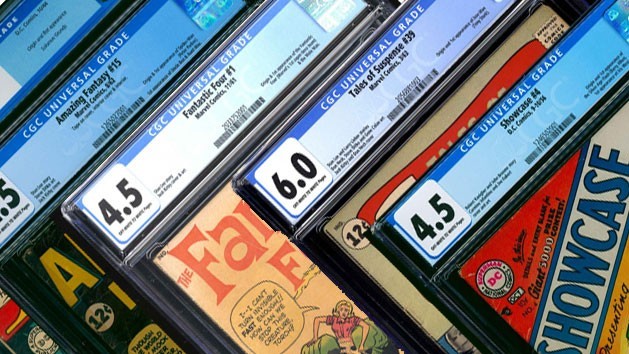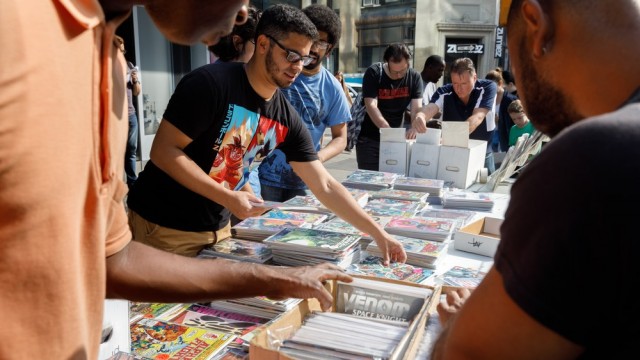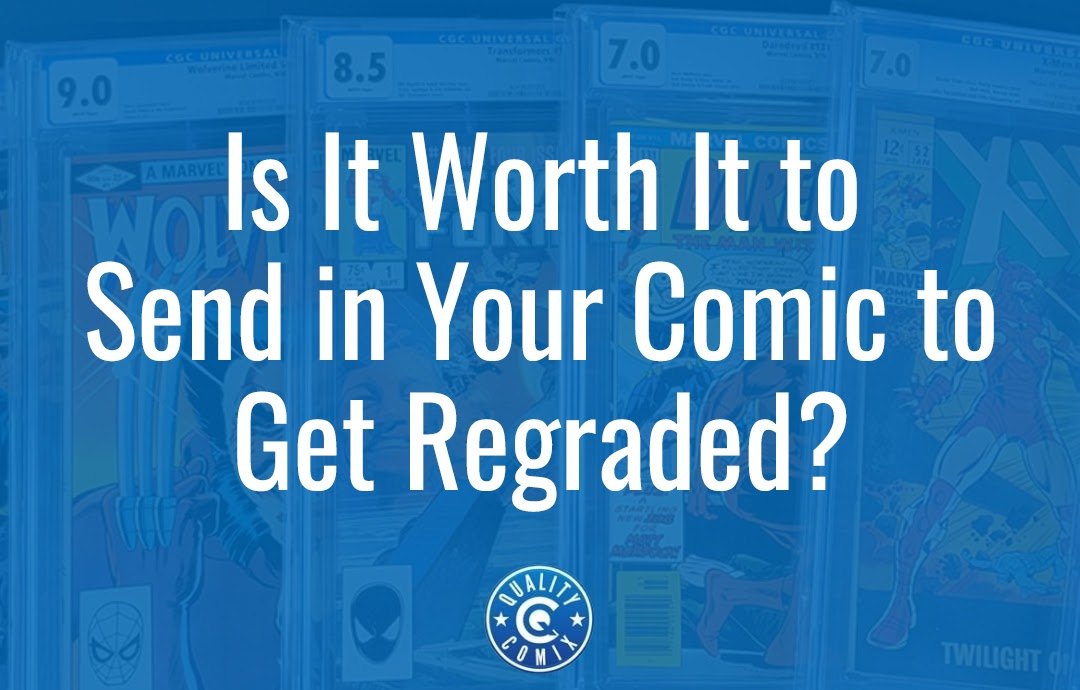
As comic collectors, we often tend to deal in graded and slabbed comics almost exclusively. In some cases, it almost seems like there's nothing vintage left to grade; anything worth anything is already in a slab. In a sense, it's almost like a right of passage to get your hands on an ungraded book and send it off to grading yourself.
What if you get your hands on a graded book, though, and you're not satisfied with it? Is it worthwhile to send it back for a regrade? Well, the answer varies, so let's discuss different circumstances and questions you might have.
Table of Contents
Should You Remove the Comic From the Slab First?
The biggest question you might have is whether you should crack your current slab and send the comic back as if it has never been graded, or if you should send it in with the current slab and ask for a regrade.
Usually, when people talk about a regrade, they're talking about cracking the slab and sending the raw comic in for grading as if it were a fresh comic that had not been graded before. Some people also call this fishing, as in, you're sending it in fishing for a grade you want, and if it comes back too low, you try again.
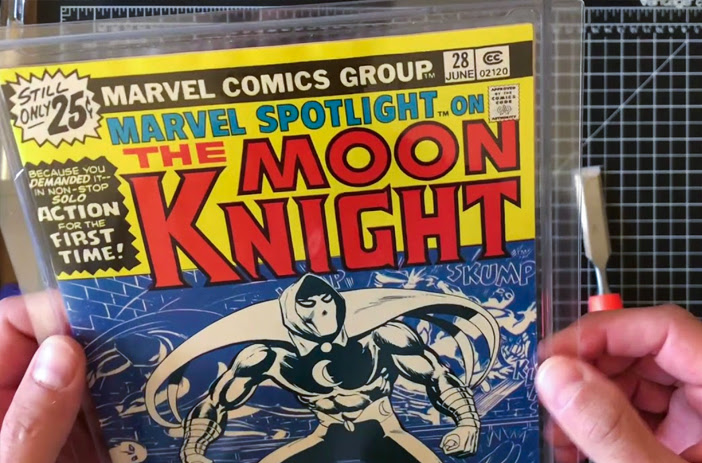
Is fishing for a better grade worthwhile? Often, no, but it depends on the comic. Consider that CGC charges $25 for a modern comic, which is unlikely to be worth more than a few hundred bucks at pristine grade. Fishing for a high grade on a modern comic is going to cost you more than you'd get in value out of it.
At the same time, a higher-value comic costs you $85 at minimum to grade with CGC. But, if the comic is worth $15,000 as a 9.6 and $30,000 as a 9.8, then it makes sense to try a few times and see if you can get a better grade. However, even that's not quite true because the "high value" service from CGC caps out at comics worth $1,000. For something worth $15,000, you're paying 4% of market value, which is $600. Of course, paying $1,200 or even $1,800 to get $15,000 in profit is a pretty good deal, assuming you can land it. You'd have to try a fair few times before it became no longer worthwhile.
So the biggest question you need to answer is whether or not it's worth fishing, or even if just sending it in once is likely to be beneficial. There are a few reasons why you might want to get a comic regraded even without fishing, too, so let's talk about those.
Is the Current Slab Damaged?
Another possible reason why you might consider getting your comic regraded is if the current slab is damaged. Cracks, separating slabs, and a damaged label can all be valid reasons to send the comic back in for regrading.
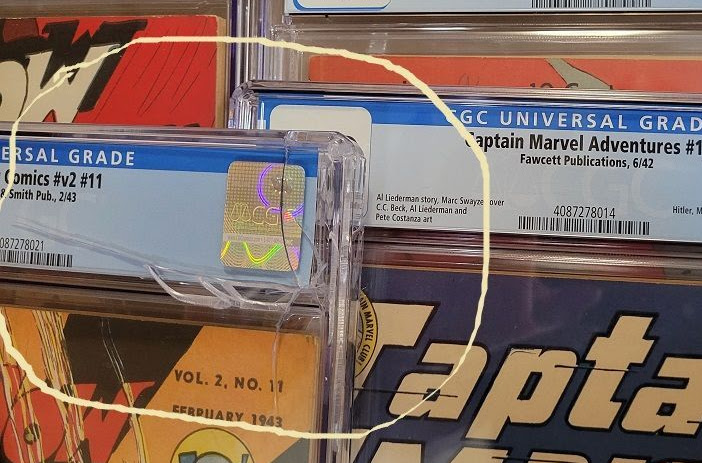
Technically, there's a difference between regrading and reholdering. Reholdering is when you send a comic in a damaged slab back to the company that graded it in the first place and have them replace the slab, stick on a new label, and send it back. CGC does say on their site that there's the possibility that they'll regrade the comic when they reholder it, though this may be a new development in response to the reholdering scam that was uncovered last year.
If the current slab is damaged, you should definitely get it at least reholdered. Regrading it is up to you. If you have reason to believe there's a good chance to get a better grade, go ahead and do it. If the comic may have been damaged from the cracked slab, reholdering might be the play.
Was the Comic Graded Years Ago?
One thing you might wonder is whether or not the standards of grading have changed over the years. Truthfully, they largely have, but it's a slow and subtle change. This happens simply because grading is a very subjective process. Humans look over the comic and evaluate it based on the different factors that go into a CGC grade. Sometimes, they've seen a lot of lower-grade comics on the day they do yours, and so yours looks better by comparison. Sometimes, the inverse is true. Grades on the same comic can vary by as much as 0.5 at a time with relative ease.
A comic that is old and was graded years ago might be worth regrading for two reasons. The first is that the older a comic is, the rarer it is likely to be, so the better looking a decent-quality copy will be. If it's been ten or so years since the comic was graded, the context surrounding it might make it look better. This isn't a big reason, though. Comics are graded based on objective features, not comparative features. You don't pick the best comic in a pile of comics and set it as a 10 and judge all others against it, after all.
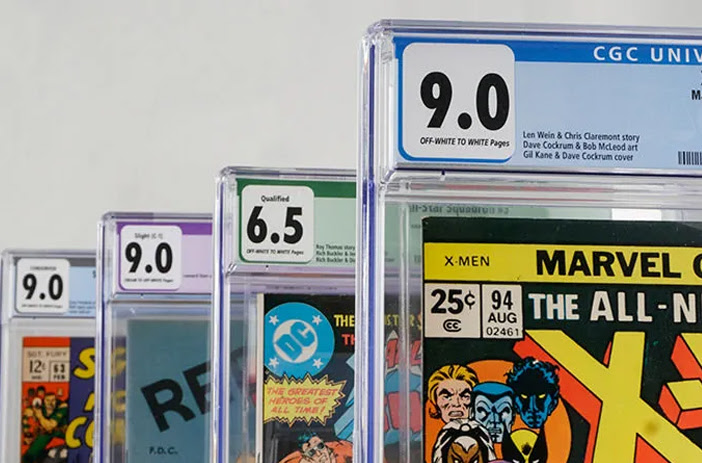
The other reason is that, as mentioned above, standards can change. The rough fact, though, is that they often get stricter as time goes on. You're just as likely to get a lower grade as you are a higher one.
As for the argument against: time, exposure, and handling damage comics. The comic, when slabbed, is protected against some environmental damage, but things like smoke, sunlight, natural acid in the comic, and just time passing can still degrade the comic, no matter how well you have it protected. Slabs aren't museum glass, after all, and they aren't hermetically sealed, either. It's possible that the comic has degraded enough over time to lose a point or so on the scale, especially if it's a very old example of a slab and the encapsulation wasn't as good as it is today.
Is There Room for Cleaning and Pressing?
This one can tie in with the second, age-related reason.
In recent years, new developments in comic collecting have led to the possibility of improving the condition of comics. Comics can have blemishes that fall into two categories: permanent and impermanent. Permanent blemishes can be stains, marks left by permanent markers or stamps, tears in pages, creases, and other such damage. Impermanent blemishes can be things like dirt on the surface, grime or ambient dust accumulating on the surface, pencil marks, and small divots or light folds (but not creases) in the pages.
With the careful use of tools like erasers, many blemishes and surface grime can be removed from a comic. Meanwhile, with humidity and weight, the pages can be pressed flat again, removing minor curves, divots, and other causes of misshapen pages.
This process is called cleaning and pressing. It's a sort of noninvasive restoration that doesn't involve more traditional restoration, like replacing staples, replacing pages, or re-inking sections that were flaked from creases. Some people still dislike it as a form of restoration, but in general, the comics industry has accepted that it's both allowable and acceptable for comics to be cleaned and pressed in this manner.
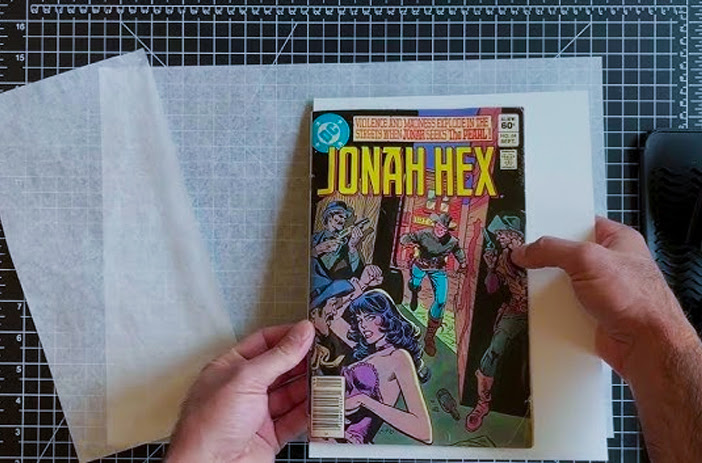
These days, even CGC offers pressing and cleaning as part of their grading services. This is an opportunity! If your comics were graded without being cleaned or pressed, it's possible that having them regraded with the additional cleaning and pressing can improve the grade.
Before you go all out and send in your old graded slabs, though, take a look at them as closely as you can and look for the kinds of blemishes that can be removed.
What can be removed with cleaning and pressing:
- Dust and dirt on the pages.
- Small pencil marks and other surface marks.
- Embedded dirt and grime.
- Darkened white areas on glossy covers.
- Light bends and folds in the pages, particularly curves from improper storage.
- Very minor creases.
Additionally, major creases can be pressed and will look a little less bad, though they won't go away entirely.
What can't be removed with cleaning and pressing:
- Permanent marks like marker.
- Damage like torn pages, rusted staples, or missing coupons.
- Foxing and yellowed pages.
- Major creases.
If your comic doesn't have the kinds of blemishes that can be removed from cleaning and/or pressing, then it won't do you much good to get them regraded.
Did a Different Company Do the Grading?
One of the most common reasons to get a comic regraded is when you – or whoever you bought it from or whoever graded it originally – sent it to a company to get it graded, but that company wasn't CGC.
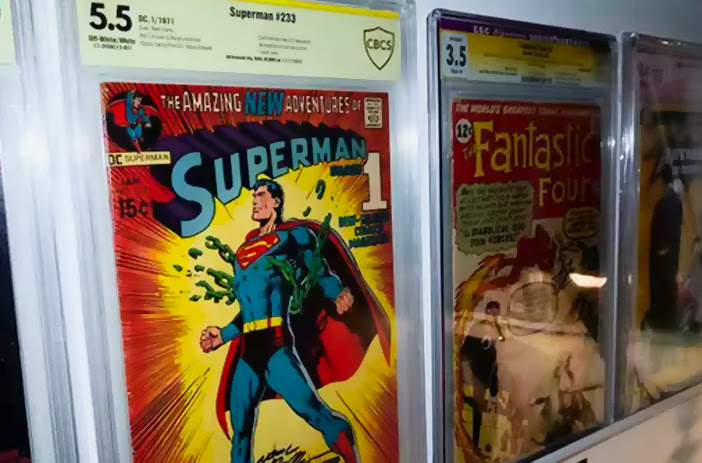
In the past, I've written about the different companies that offer grading services. You can read my full rundown here, but I'll give you a quick summary here:
- CGC is the biggest grading company, the most reputable in general, and while many collectors may have beef with them or not like them for one reason or another, it's undeniable that they're the most consistent and largest grading outfit around.
- CBCS is the biggest competitor to CGC, though they're still smaller by a country mile. They're generally reputable and you won't get a knock for having comics graded with them, but CGC is still generally preferred.
- PGX has been pretty good in recent years, but they had a long history of scandals, inflated grades, and other problems that mean that comics graded with them in certain eras (of the company, not comics) may not be considered accurate or valuable.
- EGS is a relative newcomer to the space and is only six years old as a company, so they're still building trust, and not a lot of people assign value to their slabs the way they do CGC slabbing. They also offer openable slabs, which defeats the entire purpose of encapsulation.
So, if you have comics graded by EGS, PGX, or even CBCS, you might consider sending them to CGC to regrade them.
This is where the decision gets pretty hard. On the one hand, if you have a comic that was graded by PGX or EGS, that comic's grade might be inflated; sending it to CGC might be a net loss in grade. However, since people generally consider CGC to be the more reputable company, the overall value of the slab might go up even if the grade goes down. This is a very contextual problem, too, and depends a lot on the condition of the comic and the value of the book. A comic graded 6.5 dropping to a 5.0 isn't going to be a benefit; a comic graded 10.0 dropping to a 9.8 can still be more valuable as a CGC slab.
Getting the Most from Your Slabs
Comics collecting is a continually evolving hobby. There has been a lot of pushback recently about grading and inflated comic prices, both because of events like the reholdering scam scandal and the covid-era boom in collectibles that has been tapering off. Many collectors are wondering how they'll make the most out of their collection.
Truthfully, most of the time, regrading isn't going to be profitable. Most valuable comics aren't valued in five or six figures, and when you're only looking at a few thousand dollars at most – or more likely, a few hundred at most – it doesn't make sense to fish for higher grades just to make a minimal profit. Remember, your time is worth something too!
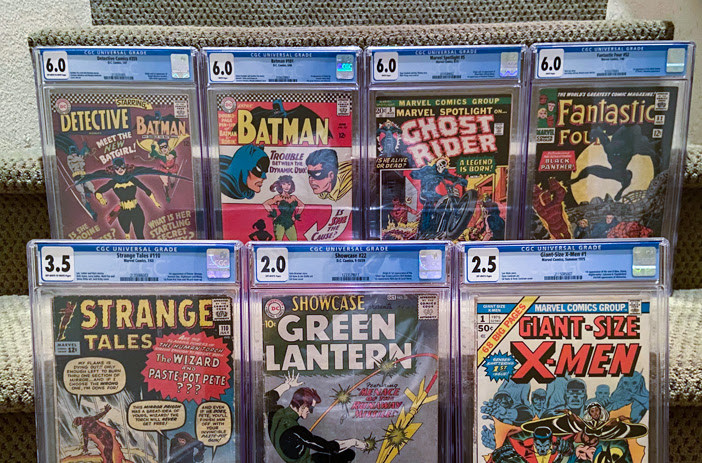
If you have slabs that you think have more potential than they currently represent, why not talk to us about it? We buy all kinds of mid- and high-value slabbed comics, and even if we aren't interested in what you have or you aren't interested in selling to us, we still love talking about them. We can offer you advice on what to do, including whether or not it's a good idea to try a regrading on them.
All you need to do is fill out the form on our "sell your comics" page with a description and maybe some photos of your comics, and we'll be back to you ASAP. We look forward to seeing what you have!


